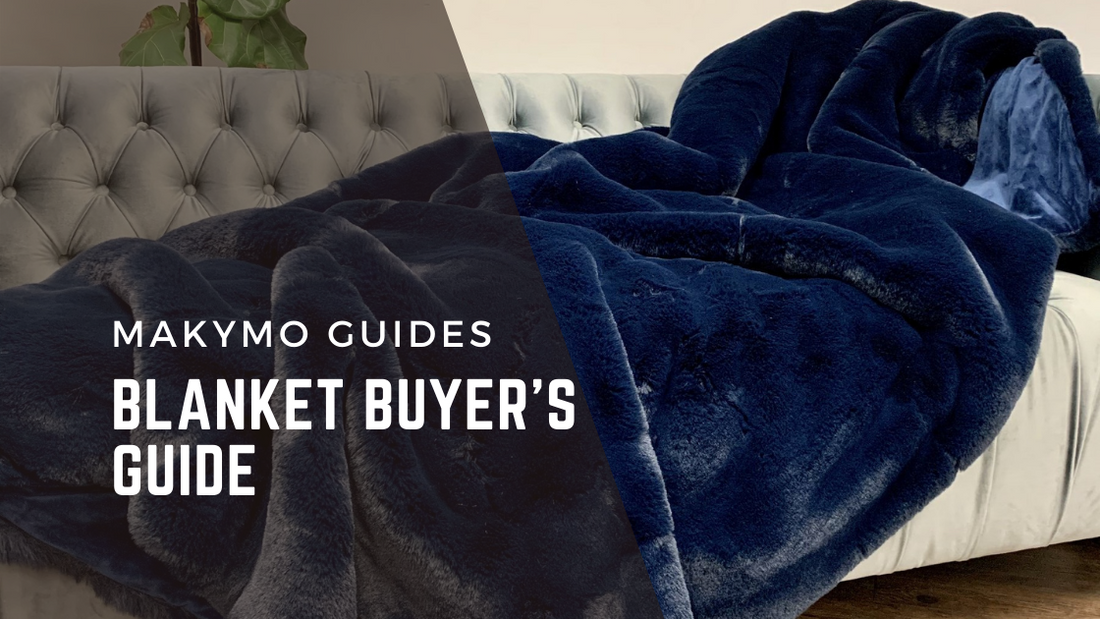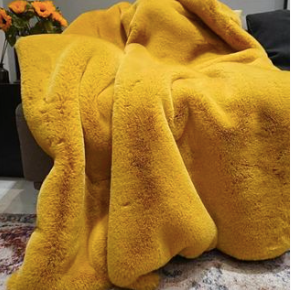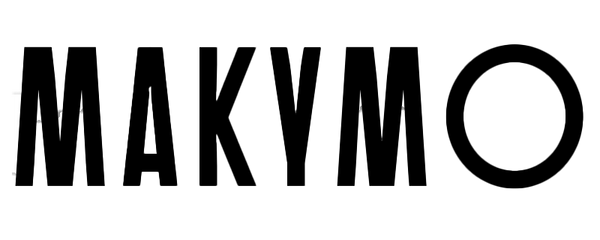
Blanket Buyer's Guide
Share
Blanket Buyer's Guide
Watching movies on cold nights wrapped up in a blanket with loved ones is one of the best things about winter, as long as you have the right blanket. Even during warmer months, blankets offer a certain cozy comfort that you don't get from other bedding.
Our blanket buying guide discusses some of the most popular blanket fabrics and for what each one is best. We have also included a few tips on how to pick a good blanket that matches your requirements.
Types of Blanket Fabric
Cotton Blankets
A cotton blanket is an all-around winner for durability and comfort. They come in many forms, including waffle blankets, a thermal weave, and other woven designs. Most are easily machine washable and suitable for a tumble dry. Realistically, they can last for years with proper care. Many bedding products are made of cotton because of how easy it is to look after.
Additionally, cotton blankets can be used year-round if layered up with another type of blanket in winter.
Fleece Blanket
Berber fleece and micro-fleece are both commonly used blanket materials for children's blankets and for camping. It is extremely lightweight and absorbent but still offers significant warmth, making them ideal for traveling.
Fleece is also suitable for the summer months as it regulates body temperature to avoid overheating.
Cashmere Blankets
Cashmere goats' undercoats produce famously silky and notoriously expensive blankets. There are few materials quite as luxurious as cashmere, and it certainly makes some of the best blankets money can buy.
They provide cozy warmth and wick moisture without feeling too heavy but are not very easy to wash at home.
Wool Blankets
Wool is perfect for winter warmth. As long as you are not allergic to it, wool offers the ideal cozy feeling. It provides great insulation and can keep you warm even on the coldest nights.
A Pendleton wool blanket is an iconic premium blanket choice. If you intend to splurge on an ultra-soft durable blanket, they don't come much better than this. You could easily style an entire room around one!
Synthetic Blankets
Many synthetic materials are used to make blankets, including acrylic fibers, microfiber, and polyester. A synthetic fiber blanket is easy to machine wash and does provide heat, but it is also likely to build up static electricity. They are cheap to buy but also tend to wear faster.
Acrylic blankets are a popular alternative to natural materials such as wool or cashmere because of their hypoallergenic qualities and ease of care. Down alternative is also made using synthetic fibers.
Quilted Blanket
Quilted blankets are made with three layers: a solid sheet of fabric on the bottom, an interior layer (usually wool or down), and a top layer of fabric squares sewn together. Heat retention-wise, quilts help you stay warm without trapping in too much excess heat.
Style-wise, quilts are a touch more unique than other blankets. You can find some beautifully intricate designs, a sleek, simple quilt to match your bedding, or even make your own from old fabrics or clothes. Artsy folk often make their own quilted creations for babies or toddlers, but there is nothing to say you can't make one for yourself!
Faux Fur Blanket

Fur is nature's blanket and is unbeatable for comfort, coziness, and retaining body heat. It is, however, wildly expensive, hence the popularity of faux fur. Faux fur blankets have the same heating element as the real thing but is far easier to care for and clean.
Makymo specializes in luxurious faux fur blankets that look and feel like the real thing. You can find Makymo's fur faux collection here.

Does Blanket Size Matter?

In a nutshell, yes. You ideally want one that matches the size of your bed, with a little extra material to spare. Measure your bed before you shop, as there are differences between manufacturers. A blanket smaller than your bed sheet struggles to stay put and is likely to fall off in the night. Buy one too big, and you may end up frustrated by all the excess material.
Throw vs. Blanket: What Is the Difference?
Blankets are specifically made to provide more heat and comfort and are essentially bedding. A throw, on the other hand, is predominantly decorative. People tend to care more about the design of a throw.
Blankets come in the same (or similar) size as duvets, but throws are usually long and thin to drape over the edge of the bed.
What One to Pick?
If you want something to drag around the house with you to keep cozy at all times, a blanket is the one for you (Maybe a nice navy blue blanket?). Looking to spice up your home decor with some beautiful bed accessories? Choose a throw. You could also splash out on a more intricate blanket design and use it as both.
Electric Blankets
An electric blanket has an internal electric mechanism that activates the insulated wires inside the material. It acts like a giant hot water bottle, using artificial heat rather than body heat to keep you warm.
When Is an Electric Blanket Worth It?
Electric blankets are for very cold places. People who prefer to shut down their heating systems overnight but battle with sub-zero temperatures could benefit from an electric blanket. That said, a good-quality wool blanket is just as effective and doesn't run up your energy bill.
Additionally, people who struggle to stay warm (older people, sick people) are likely to appreciate the assistance of one of these blankets.
A Few Top Tips for Picking the Best Blanket
-
Always check if a blanket is machine washable before you buy it. You can wash most blankets that weigh less than 20 pounds as long as you use a gentle cycle, but there are a few that are dry clean only, so read the label first!
-
Why not layer up different types of blankets to add a textured feel to your design and an extra layer of warmth in the winter months.
-
If you are prone to allergies, cotton plant blankets are a good option, as they can be washed at a very high temperature to eliminate allergens. Down alternative is also hypoallergenic but less easy to wash.
-
A weighted blanket is said to reduce anxiety and assist with sleeping problems in adults and older children.
Final Thoughts
Buying a blanket is harder than it seems because of how excellent the choices all are! Consider how much warmth you need, how often you plan to use it, how easy it is to care for, and how well it fits with your decor. Oh, and don't forget comfort!
